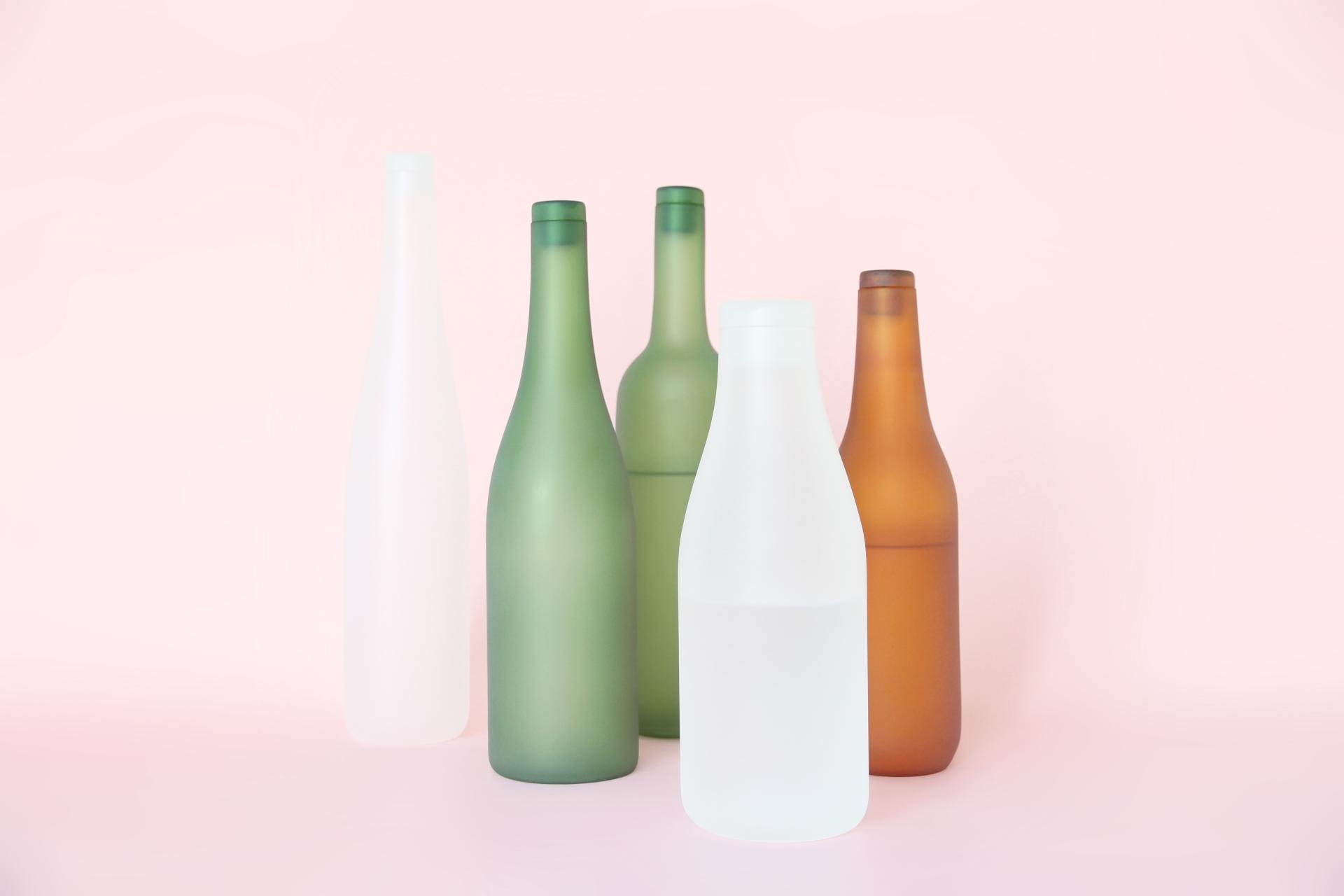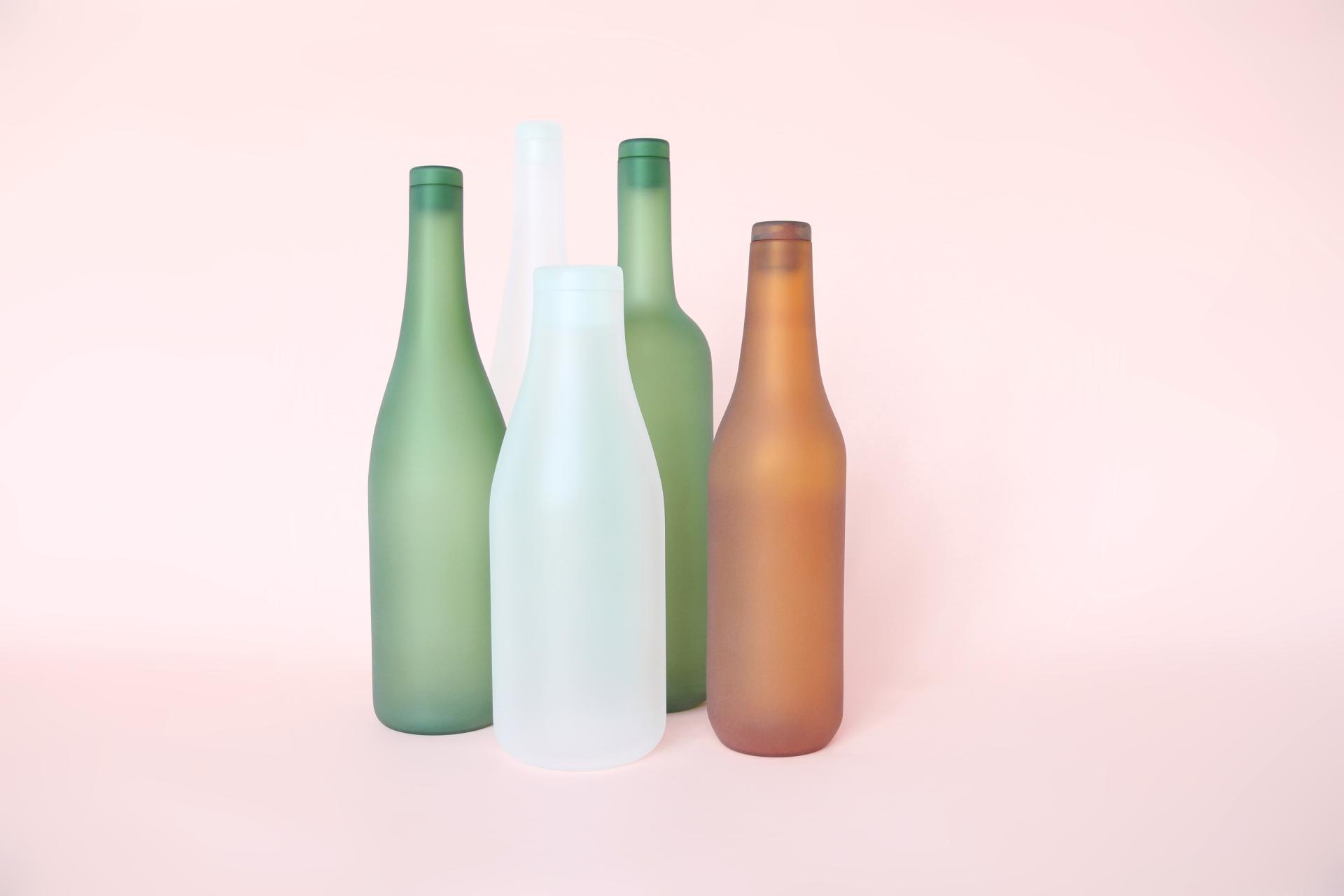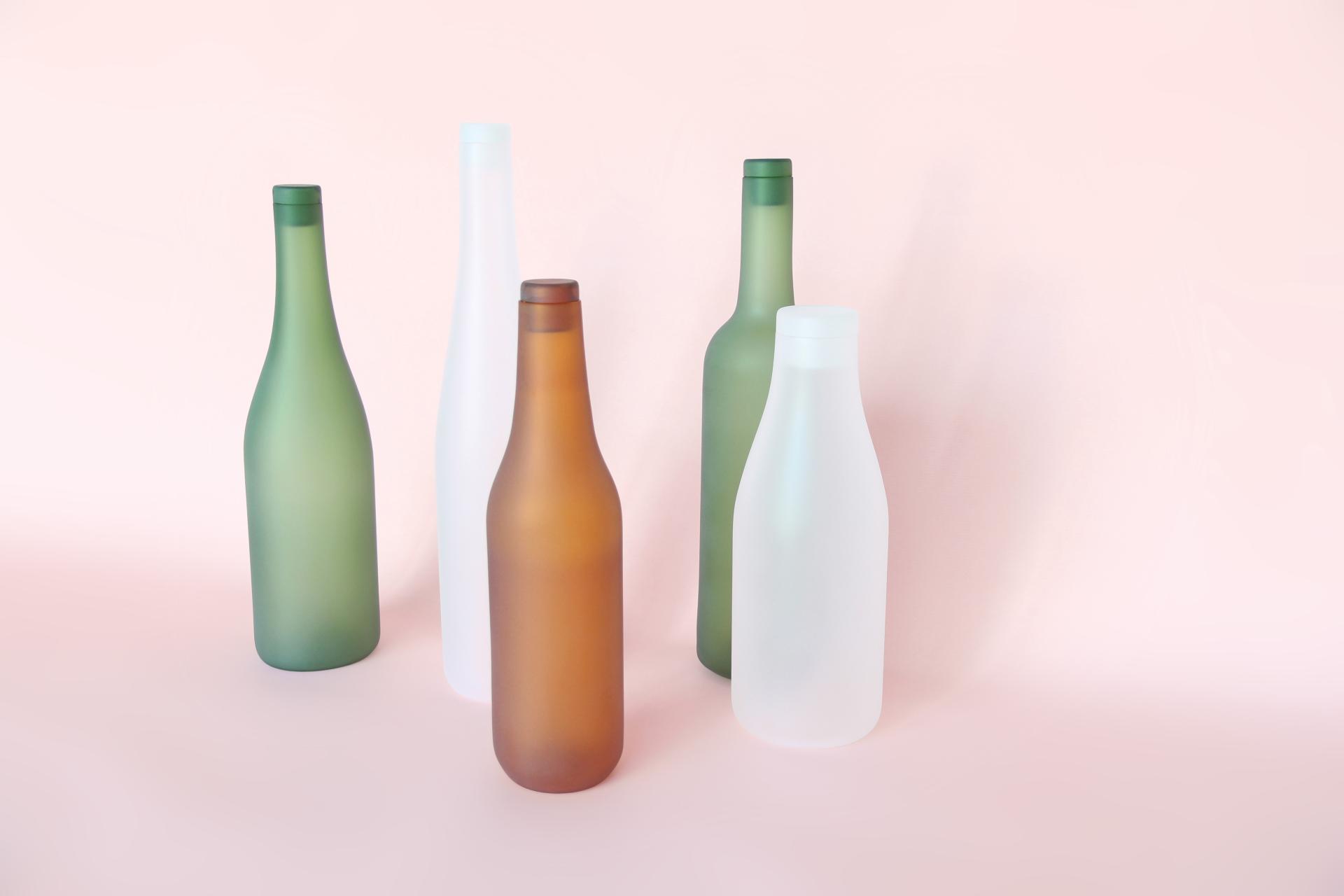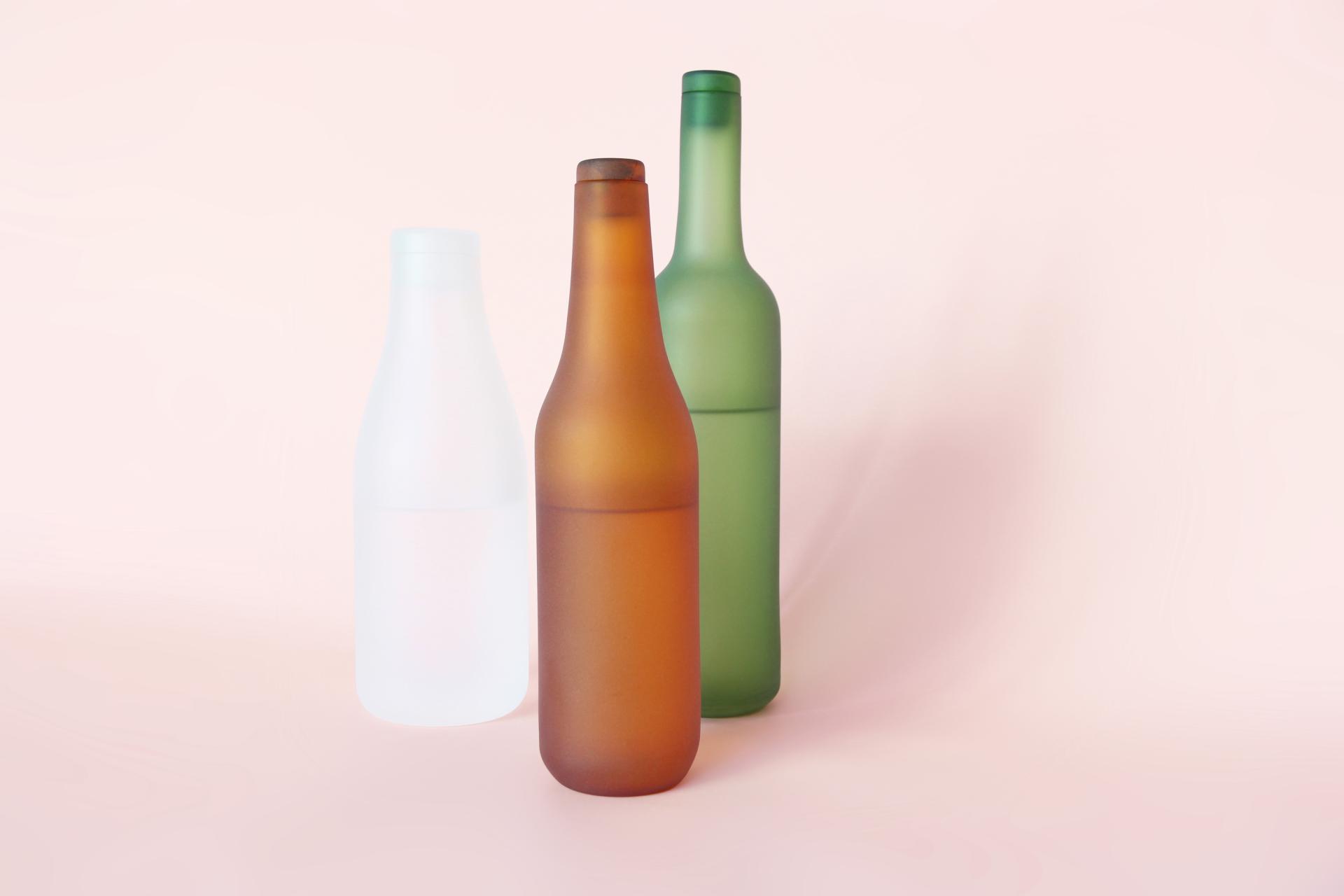still life
Basic information
Project Title
Category
Project Description
Glass bottles are one of the most recycled items on earth. “Still life” wants to do more and give a strong signal towards environmental issues. A wide project with a new design attitude to involve consumers and focus their attention on circular economy. It’s time to change and overcome our throwaway culture.
Let’s update our habits. Let’s update our empties. Sand not only gives rise but here also a new life to glass. Bottles still have life.
Geographical Scope
Project Region
Urban or rural issues
Physical or other transformations
EU Programme or fund
Which funds
Description of the project
Summary
Products and even more frequently packagings immediately become obsolete. It’s time to change and overcome our throwaway culture. “Still life” is a little simple step towards circular economy. One of the most recycled items on earth are involved: glass bottles. However recycling is not enough.
We can do more: reusing. “Still life” bottles are made to be reused. The iconic milk, beer and wine bottles become reusable. Nothing else than empties-like bottles. Glass turns into borosilicate glass and gets lighter. Stopper is made of glass too. Polished surface becomes sanded and gains a fresher image. Liquid inside now looks blurred. Just refill and use many and many times.
Is reusing even not enough? We can go one step further: reducing, the most ecological approach. Just apply the idea behind “still life” to empties. Everything we need is already in the fridge. Simply take an ordinary glass bottle and sandblast its surface to achieve a similar result. Sand not only gives rise but also a new life to glass. Bottles still have life.
A simple set of high impact bottles or few easy actions with a great purpose. Anyhow circular economy is called to action. Let’s update our empties. Let’s update our habits.
“Still life” is not only about products, is not really service design, it goes beyond. “Still life” urges people to act. Recycle ordinary glass bottles, reuse “still life” bottles or reduce your consumption: just upcycle your empties, and give a new life to common glass bottles. Anyway think about the environment. All options are good. It depends on you. Even our planet depends on you.
Environment and society too will benefit. “Still life” whets consumers and gives its contribute to their better behavior change. People get into closer contact with circular economy and reduce waste for a healthier lifestyle. Increasingly sensitive to the environmental issue, they feel emotionally involved in the concept. Emotions come first. Emotions are the right key to engage consumers.
Key objectives for sustainability
“Still life” wants to get consumers into closer contact with circular economy. It develops in two different ways. The product with its empties-like bottles remind people not only to recycle but also to reuse. The further development let people become real protagonist and not only reuse, but reduce consumption and give empty glass common bottles a new life with a simple action. It’s not about how many bottles are recycled, it’s not about how many bottles are reused, it’s not about how many bottles are upcycled: it’s just about how many people understand the importance of changing their lifestyle to overcome the widespread throwaway culture.
Key objectives for aesthetics and quality
“Still life” is a set of glass bottles, very common bottles. That’s why it requires no explanation. People can recognize immediately their shapes which are already part of our everyday life. Same archetypal shape, different touch: polished surface becomes sanded and gains a fresher image. Liquid inside now looks blurred. “Still life” new bottles, made of borosilicate glass, gets lighter. Stopper is made of glass too. A fresh set of stylish bottles to refill and use many and many times. “Still life” upcycled common bottles are a little more ordinary but boast an extra value: they are proudly self-made.
Key objectives for inclusion
“Still life” with its common glass bottles shapes, one of the most recycled item on earth, gives a strong signal towards environmental issues and urges to act: stop disposing and follow a more sustainable way of living. “Still life” whets consumers and gives its contribute to their better behavior change. People get into closer contact with circular economy and reduce waste for a healthier lifestyle. Increasingly sensitive to the environmental issue, they feel emotionally involved in the concept. Emotions come first. Emotions are the right key to engage consumers.
People can choose to simply reuse “still life” bottles or even to become part of the process themselves. They can apply the idea behind “still life” to empties and reduce consumption: why buy new stuff when everything we need is already in the fridge? Simply take an ordinary glass bottle and sandblast its surface to achieve a similar result. A simple way to refresh and give a new life to common glass bottles. Reducing is the most ecological approach. Bottles still have life.
Results in relation to category
First impact was very positive. Good results take time. Let “still life” get on its way to be developed properly and spread. It would really meet horeca needs as well. How many times house wine, draft beer or tap water are served?
How Citizens benefit
“Still life” let people become protagonists: they are not only users, they become architects. Everyone wants to give its contribute to save the world. People already feel emotionally involved in the concept. Give them the possibility to take part in the process and everything is done. People feel proudly involved in the whole project as well.
Physical or other transformations
Innovative character
Common glass bottles and their most ordinary shapes live together with an unusual approach in which users can be directly involved in the process to become makers. Even lazy people can give their contribute: start reusing “still life” bottles with their easily recognizable shapes won’t be so difficult.
Learning transferred to other parties
“Still life” approach is very simple: take an object with a low life cycle and turn it into a not disposable product. The process can be generally applied to all industrial items. Packaging fits perfectly. Let’s play it again and again and give our contribute to reduce waste.






